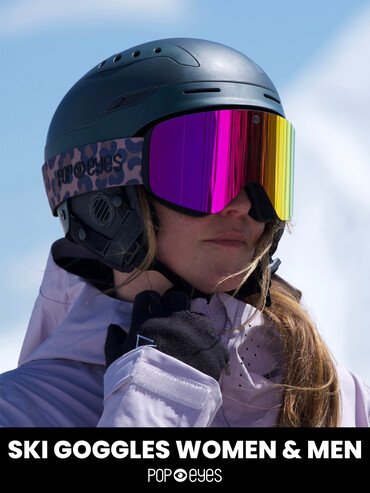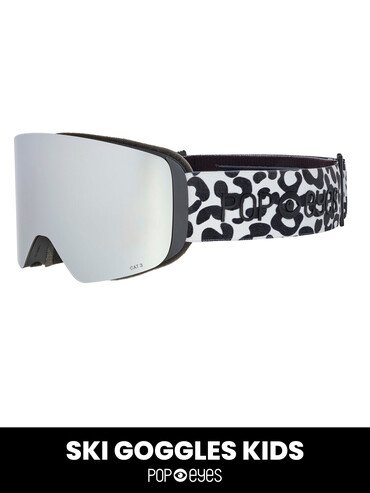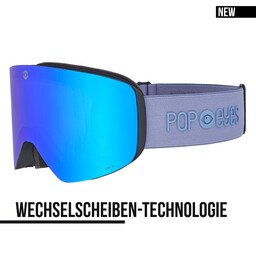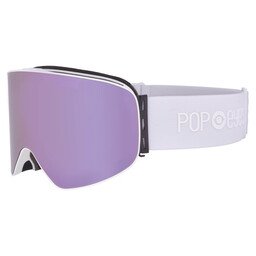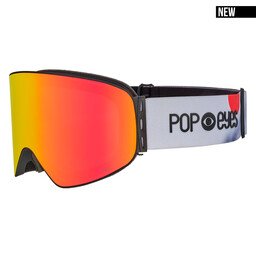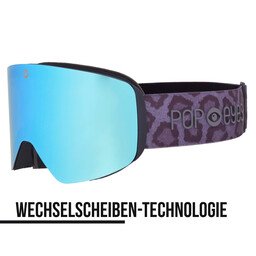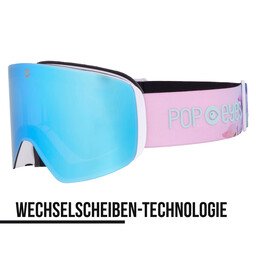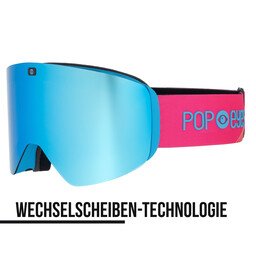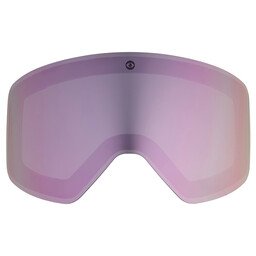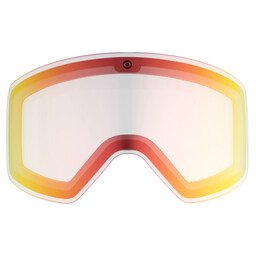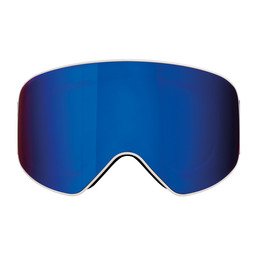ski goggles
The POP EYES Ski Goggle Collection:
JAMIE is one of our absolute highlights: featuring a magnetic interchangeable lens system, JAMIE is available in loads of ultra-cool designs and a wide range of extra magnetic lenses (category 0–3). So you're ready for whatever the mountain throws at you.
Another fan favorite: LARRY Photochromatic – our ski goggle with a self-tinting lens, now available in brand-new looks. Thanks to its innovative coating, the lens automatically adapts to changing light conditions, giving you crystal-clear vision at all times.
LARRY also shines with unbeatable value for money – top-tier quality, stylish design, and a fair price.
And this winter, the signature POP EYES style is back for kids too – with the JESS ski goggle in fun new colorways. Brand-new this season: JODY, the kids’ goggle with magnetic lens-swap tech and an extra clear lens included.
So, what are you waiting for? Click through and drop your favorites straight into your cart!
THE ULTIMATE SKI GOGGLE GUIDE:
EVERYTHING YOU NEED TO KNOW ABOUT FIT, PROTECTION, AND CARE
WHY ARE SKI GOGGLES SO IMPORTANT?
Ski goggles are much more than just a fashion accessory – they are essential safety gear. When skiing or snowboarding, you’re exposed to extreme weather conditions that can impair your vision and cause long-term damage to your eyes. UV rays are particularly intense at high altitudes, and snow reflects these rays, amplifying their impact. Without proper goggles, you not only risk your safety but also compromise your overall skiing experience.
HOW SHOULD SKI GOGGLES FIT?
The perfect fit is crucial for comfort and protection. Ski goggles shield your eyes from sunlight, wind, cold, and snow while ensuring optimal vision. For this, they need to fit snugly and align seamlessly with your ski helmet. They should neither press too tightly nor slip out of place. If your face isn’t extremely wide or narrow, most goggles in our collection will fit you perfectly. For smaller faces or children, we recommend our JESS kids' ski goggles.
Quick fit test: Put on the goggles and check if they rest snugly on your face without pressing uncomfortably. Ensure they stay in place even when you move. Your helmet’s shape also matters: if your goggles and helmet don’t align properly, gaps can form on your forehead, allowing cold air and snow to seep in. This reduces the effectiveness.
All POP EYES ski goggles are compatible with popular helmet brands.
WHICH SKI GOGGLES FOR WHICH WEATHER?
The tint of the lens and the mirror coating determine how much light penetrates the lens – and how well you see. For sunny days on the mountain, we recommend dark, highly mirrored lenses with UV protection. In fog or snowfall, bright lenses with a slight mirror coating are ideal as they make contrasts more visible.
The choice of the right lens therefore strongly depends on the weather conditions. Here is an overview:
- Sunny: Dark, mirrored Category 3 lenses for optimal UV protection.
- Cloudy/Foggy: Bright lenses (Category 1 or 2) for better visibility in low light.
- Changing weather: Photochromic lenses adapt automatically to light levels.
BEST SKI GOGGLES FOR LOW VISIBILITY
Poor visibility, for example in snowfall or fog, requires lenses that enhance contrasts. Here, bright, slightly mirrored lenses in categories 0 and 1 are optimal.
JAMIE, our ski goggles with interchangeable lenses, offers you the ability to easily switch lenses depending on the weather. This ensures you always have clear vision – whether it’s foggy or bright sunshine. An ideal alternative are self-tinting ski goggles, such as our LARRY Photochromic. Here, the lens automatically adapts to weather conditions based on UV radiation.
WHAT IS VLT?
VLT stands for "Visible Light Transmission," which is the light transmission of the lenses. The value indicates how much light passes through the lenses. A low VLT value (e.g., 5–20%) means the lenses are very dark and let in little light – ideal for sunny days. A high VLT value (e.g., 50–80%) is perfect for poor visibility in snowfall or fog as the lenses let in more light and enhance contrasts.
Regarding light transmission, lenses can be classified into different categories:
- Category 0 (>80%): Perfect for snowfall and poor visibility.
- Category 1 (43–80%): Great for cloudy days, with a brightening effect.
- Category 2 (18–41%): Suited for mixed sunny and cloudy conditions.
- Category 3 (8–18%): Best for bright, sunny days.
- Category 4 (3–8%): For extremely bright conditions, such as glaciers.
No matter the weather – the POP EYES ski goggles collection offers you the optimal product for every condition.
WHICH LENS COLOR IS BEST FOR SKI GOGGLES?
The right lens color also plays an important role in your vision: yellow lenses are excellent for cloudy days, while black or highly mirrored lenses provide optimal protection in sunshine. Bright lenses, on the other hand, are ideal for dusk and poor visibility.
- Yellow: Enhances contrast in foggy conditions.
- Dark/Mirrored: Provides maximum protection on sunny days.
- Clear/Bright: Ideal for dusk or poor visibility.
With our wide range of replacement lenses for the JAMIE ski goggles, you can customize your goggles for any condition.
WHICH SKI GOGGLES ARE SUITABLE FOR GLASSES WEARERS?
Are you a glasses wearer looking for ski goggles that you can also wear with your prescription glasses?
Then you’re in the right place at POP EYES, as our ski goggles are designed so that you can easily wear your prescription glasses underneath!
Goggles with this feature are also called OTG ski goggles (Over The Glasses).
OTG ski goggles have extra-wide frames and cutouts in the face foam to give the arms of your glasses enough space. Additionally, ventilation is especially important because if the air cannot circulate properly, the lens may fog up.
The following POP EYES goggles are ideal for glasses wearers: LARRY, JAMIE, LARRY Photochromic
WHAT IS AN ANTI-FOG COATING?
At POP EYES, we place special emphasis on ensuring that you always have a clear view even under the toughest conditions. That’s why all our ski goggles are equipped with a high-quality anti-fog coating. This special anti-fog technology prevents moisture from condensing on the inside of the lenses and impairing your vision. Especially during intense activities where you sweat or in extreme temperature changes – for example, when moving from cold mountain air into a warm hut – an anti-fog coating is indispensable.
Our anti-fog technology works in combination with a well-thought-out ventilation system: the ski goggles are designed so that fresh air constantly circulates through the ventilation openings and effectively removes excess moisture. This allows you to fully focus on the slopes without worrying about fogged lenses. It’s important to handle the inside of the lenses gently and avoid wiping them dry to protect the coating in the long term.
HOW DO I CLEAN MY SKI GOGGLES?
The best way to clean the lens is with warm water. Then dry the ski goggles with a soft cloth. Please do not use aggressive cleaning agents such as alcohol, dish soap, or solvents. Once the goggles are dry, store them in the included pouch. Another important point: never wipe the inside of the lenses dry as this can damage the anti-fog coating.
Do not dry them near a heat source and avoid extreme temperatures. We recommend replacing the ski goggles after 3–5 years of use, depending on how often they are used.
You can find more information about cleaning and storage in our blog post.
For special protection, we recommend our ski goggle case. You can also protect the lenses ideally with our ski goggle lens cover.
POP EYES SKI GOGGLES: THE PERFECT BALANCE OF COMFORT, STYLE, AND FUNCTIONALITY.
From sunny slopes to foggy descents, our ski goggle collection ensures clear vision and optimal protection in every situation.
You want to find our more about our products and offerr? This is the way to get to our
newsletter subscription
